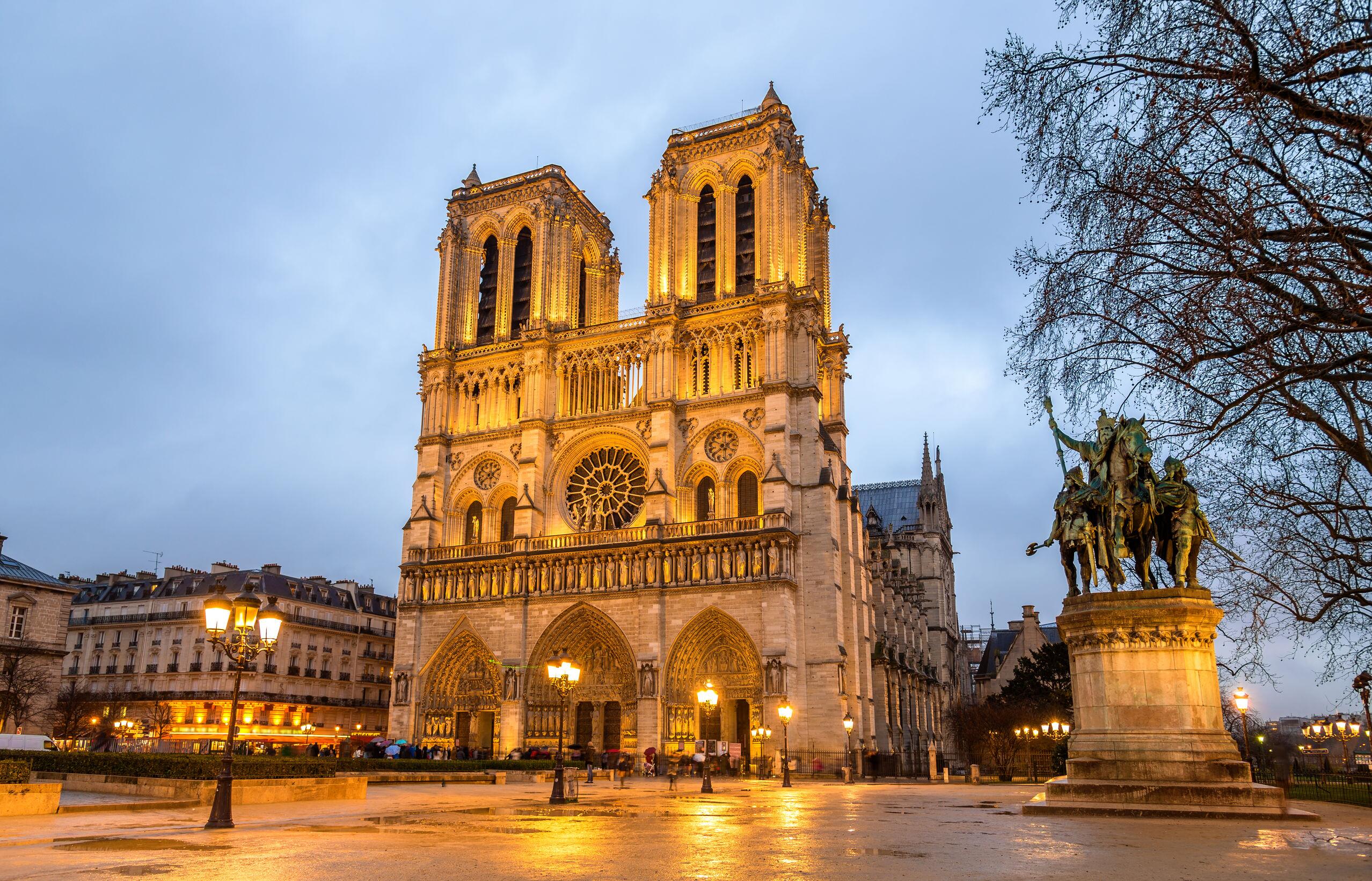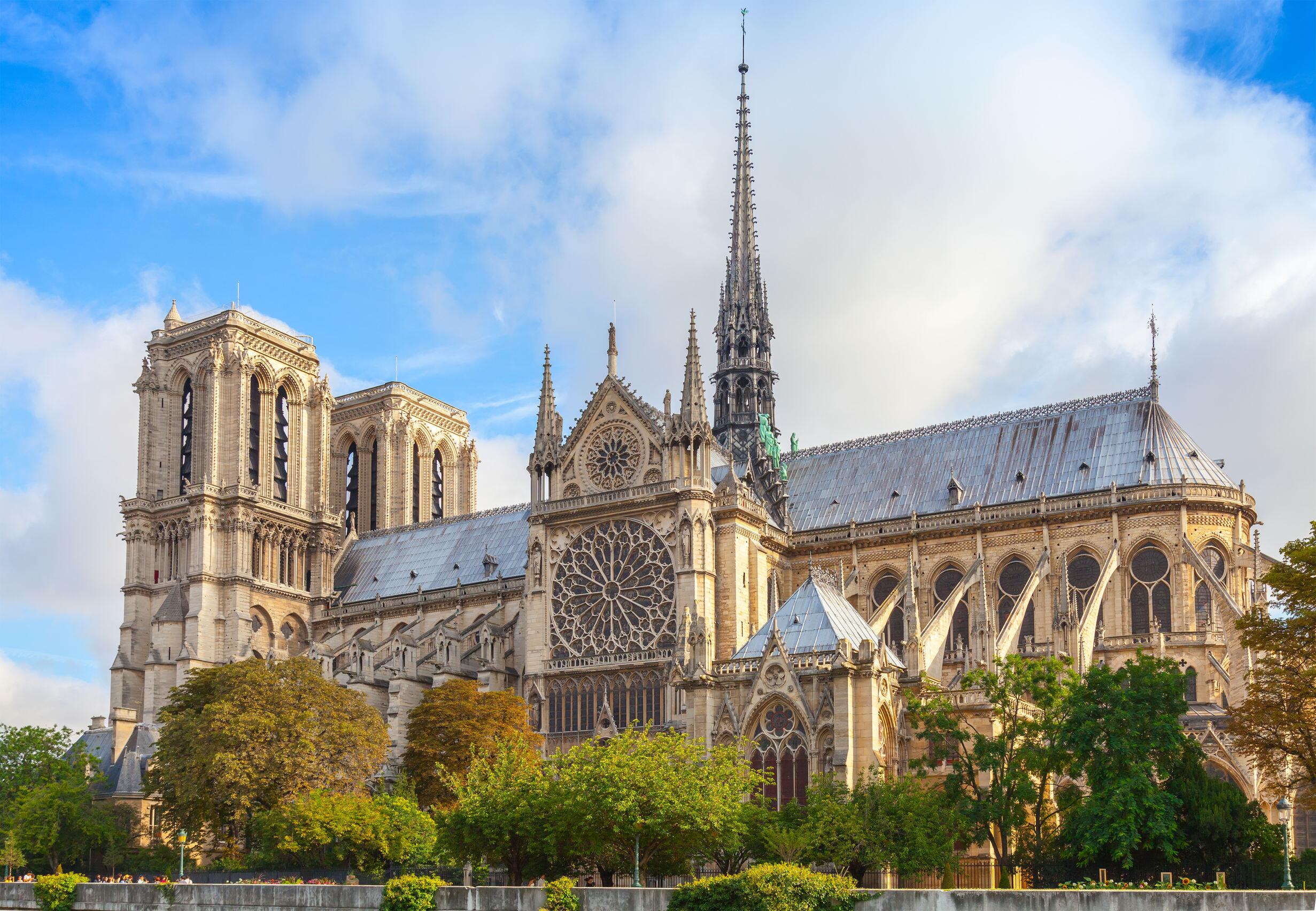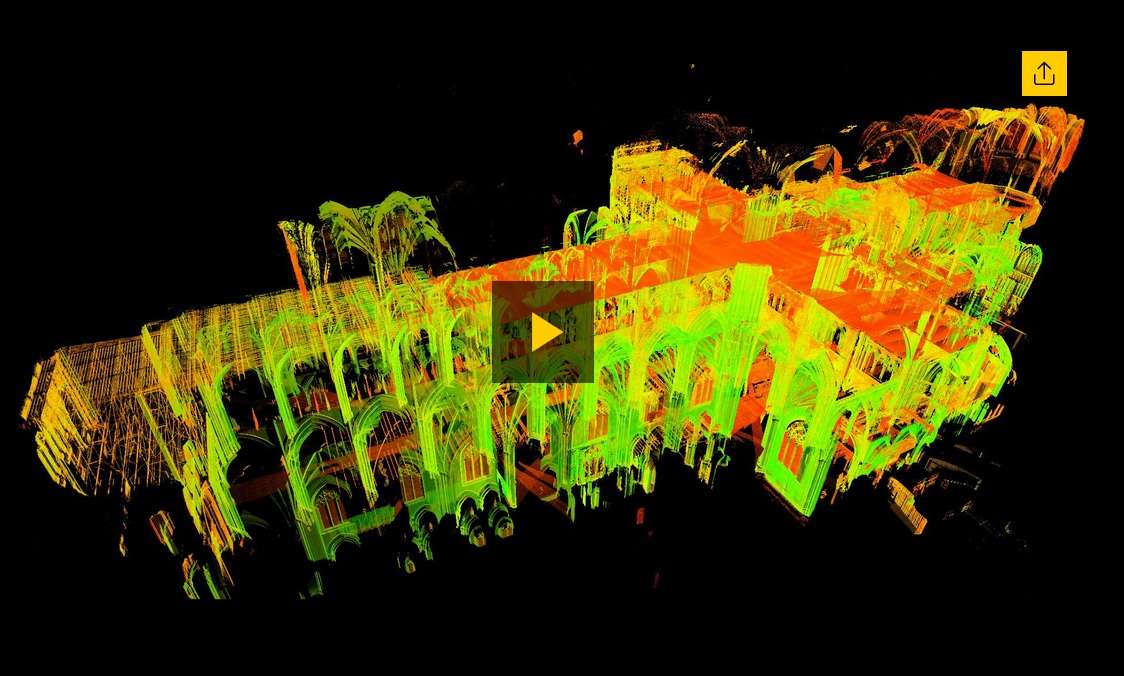Notre Dame’s 3D Salvation
Article By : Jon Peddie

If you were contacted by the mayor of Paris, and asked for a list of technologies needed to restore Notre Dame, what would be your advice to her?
"If you were contacted by the mayor of Paris, and asked for a list of technologies needed to restore Notre Dame, what would be your advice to her?" EE Times got in touch with Jon Peddie, 3D expert, and asked him.

[Editor’s note]
Only a few days after the devastating fire at Notre Dame cathedral in Paris which burned down its iconic spire, France’s Prime Minister revealed a plan to launch an international design competition to replace the steeple.
Prime Minister Edouard Philippe, talking to reporters, called for "a new spire that is adapted to the techniques and the challenges of our era.” While the idea of a new spire has begun to stir architects’ imaginations, it is a project certain to trigger debate on which digital technologies should be used, and how they should be applied to restore exactly what.
EE Times got in touch with Jon Peddie, President and Founder of Jon Peddie Research, and asked him:
If you were contacted by Anne Hidalgo, mayor of Paris, and asked for a list of technologies needed to restore Notre Dame, what would be your advice to her?
So, here’s what Peddie would advise Mayor Hidalgo.
Madame la maire de Paris:
Which version of Notre Dame do you want to recreate: Today’s, before WWII, or the original design (which has been modified several times over the centuries)?
How original must the restoration be? Do we have to use oak beams in the roof like the original, and which fed the fire? If we used titanium trusses and beams they could also help support the old stone walls from the inside much as the flying trusses do on the outside, and of course they would be totally fire-proof.
Assuming those initial issues are resolved, the steps to restoration as I see it should be:
-
An eight-corner laser scan – four-corners on the inside and four outside. From those scans, CAD drawings can be generated and compared to whatever surviving original design drawings still exist.
-
Next, I would conduct a multi-frequency ultrasonic scan to find any weak, cracked, crumbling, or missing mortar. Those interfaces will be the weak links in reconstruction and need attention to before any new construction starts. (Again, a question about materials – use original or modern?)
-
The stained glass seems to have survived. However, glaziers will have to remove all the individual pieces of glass, take them down, clean and restructure them, fill in missing gaps, assess what’s been lost, and then reinsert. That will involve taking multiple POV photos with high resolution, HDR stereo-depth cameras, probably using drones that can get up and even with the windows. Again, compare the results with whatever original drawings and data are available.
-
Using ray-tracing techniques, the lighting conditions of the building before the fire can be recreated. That will be especially useful in repairing and restoring the stained-glass. Refurbished (and cleaner) glass will change the lighting conditions in the church. Also, it may not be possible to find or build the original glass. That raises the question again of what time period do French citizens and the Catholic Church want the lighting inside to look like: as it did two weeks ago or when the windows were first installed?
-
Speaking of available original and subsequent data on the building, if it all hasn’t been digitized, this should be done immediately.
-
People from all over the world for decades have been photographing the cultural treasures in the building. There should be a massive social media call to everyone in the world to post photos of Notre Dame’s interior. AI software can catalog and create 3D models of everything. Reconstructed copies of any pieces lost or damaged in the fire can be made. Color is critical. This will also be important for the carpets, tapestries, cushions, and kneeling pads, and all the wooden fixtures, pews, seats, columns, and picture frames.
-
The images will reveal hinges, door knobs, lamps, and other semi-soft metal artifacts that may have melted or been damaged.
-
The game developer Ubisoft has made 3D models of the church for its game, Assassins Creed. That data should be used. An architect will have to compare the Ubisoft models and images against recent photos to see what era Ubisoft chose to model.
-
And then there are the secret places, the catacombs, tombs, and dungeons. Are they to be restored too?
So, Madame Mayor, those are my initial thoughts. I hope Notre Dame can be restored in a timely manner as was the World Trade Center in NY City was, and will not be a forever project like the Temple Expiatori de la Sagrada Família in Barcelona.
Sincerely,

[Editor’s Postscript]
It's important to note that the responsibility of restoring the Notre Dame doesn’t solely fall on the shoulders of the mayor. But this is a once-in-a-century moment any politician wants instinctively to seize – particularly French President Emmanuel Macron and Mayor Hidalgo – to build a legacy. The adored cathedral sits at Kilometer Zero of Paris. The mayor is a critical stakeholder in the restoration of Notre Dame, which draws about 13 million visitors every year.
While we’ve all wondered how much digitization has been done to Notre Dame, it is now broadly reported that Andrew Tallon, a Belgium-born Vassar College art professor, used advanced laser scanners several years ago to capture billions of data points. Tallon, who died of brain cancer six months ago at the age of 49, was reportedly the first person to digitally scan the entire 850-year-old cathedral.

Just to give you an idea, you can see Tallon’s process of scanning (although this one is about the construction of the National Cathedral in Washington, D.C.) at the National Geographic’s video clip here.
We asked Jon Peddie about Tallon’s scan after he filed his letter to the Mayor of Paris. Here’s what he wrote to us:“I am thrilled that Andrew Tallon did a scan. That means anyone with digital skills can have a model and build or modify from it. And, isn’t it interesting that his models revealed that Notre Dame was crumbling to an extent that its administrators had not fully appreciated, and that urgent restoration work was needed to maintain its structural integrity.”
Subscribe to Newsletter
Test Qr code text s ss


